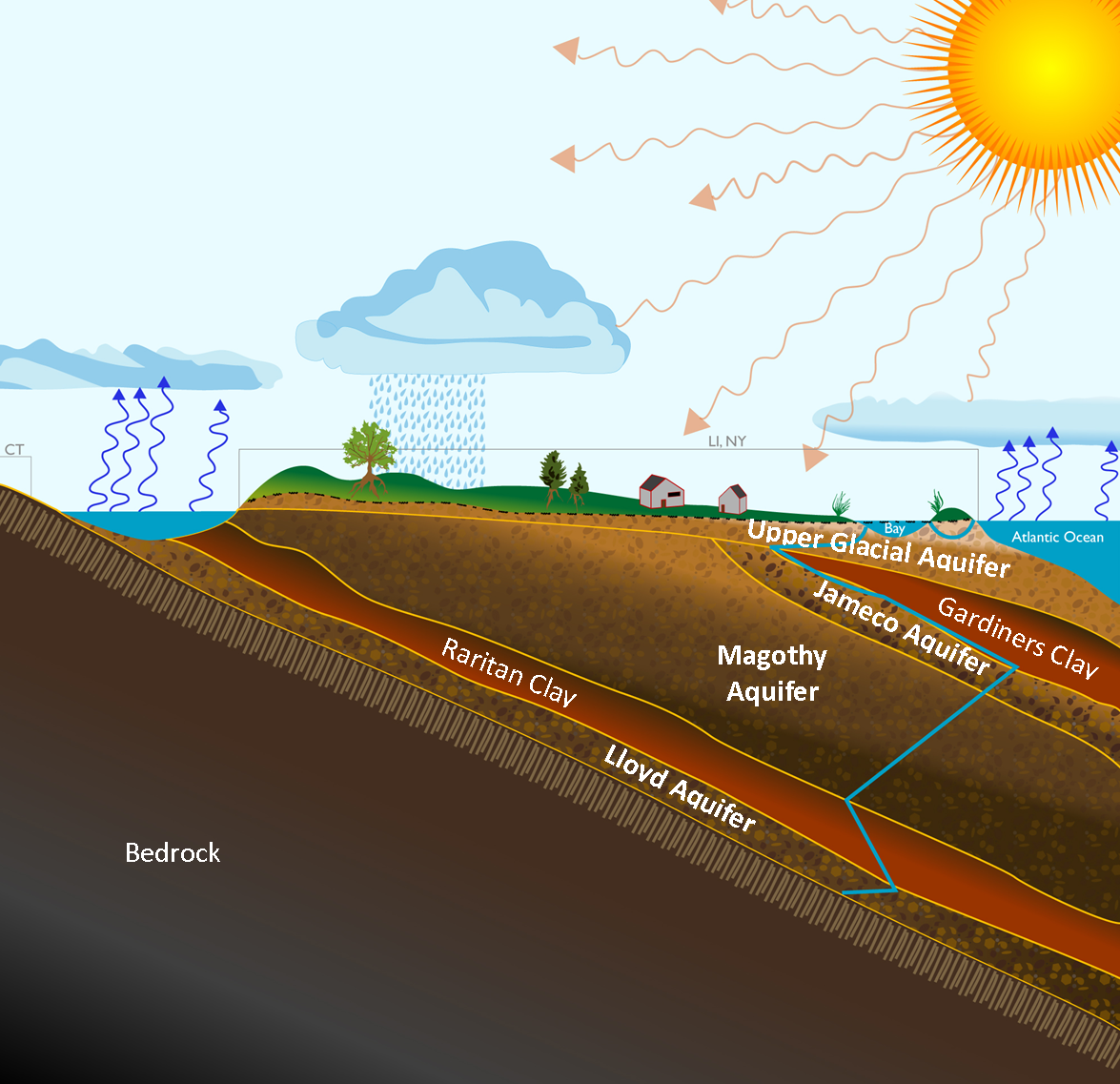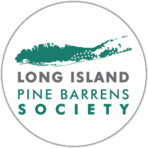Five Questions with a Board Member
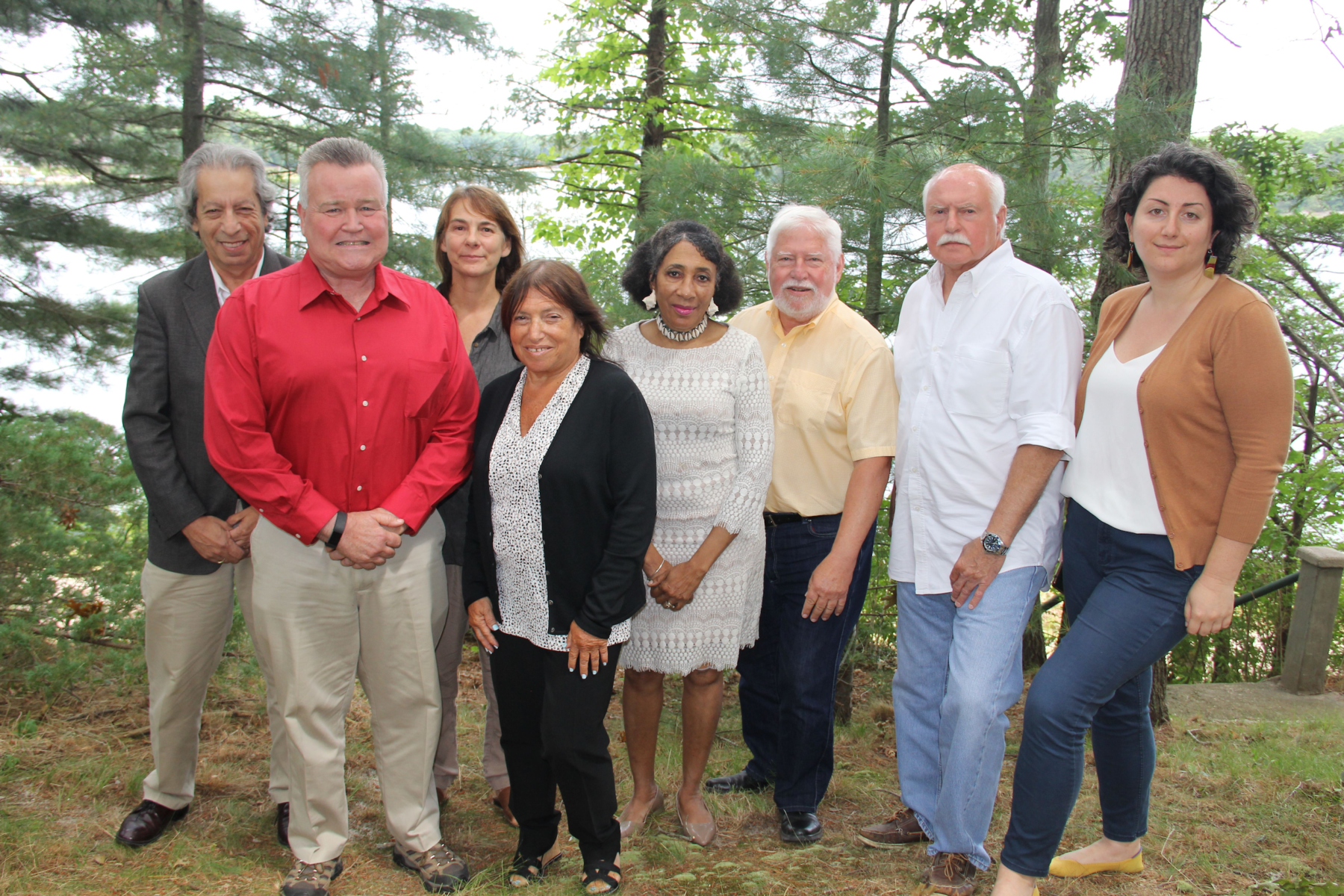
The Long Island Pine Barrens Society is officially launching a new blog feature called “Five Questions with an Environmentalist.” We will be interviewing a variety of people who are involved in protecting Long Island’s natural environment – advocates, scientists, artists, educators and more! Each person has their own unique perspective and we are excited to share their voices.
Our second post will feature Thomas (Tom) Casey, a Long Island Pine Barrens Society Board Member of our Board of Directors.
1. Please tell us about your background. How did you go from English teacher to naturalist?
I grew up in Woodside. For me, wildlife consisted of pigeons, sparrows and the rats along the Astoria waterfront. My love of the outdoors began in graduate school in Central New York, and later I started hiking in Harriman State Park. In 1974, I backpacked in Montana for the first of eight straight summers. Back home, I helped edit an edition of the New York Walk Book, and in the process discovered the L.I. Greenbelt Trail Conference and the diverse treasures of our open spaces. Most of what I’ve learned since has come from field guides and other reading, the familiarity that comes with visiting places repeatedly, and listening to those who knew more than I, most notably John Cryan, Bob McGrath and John Turner (the founders of the Pine Barrens Society) and the late Larry Paul.

Long Island Pine Barrens Society Board Member, Tom Casey.
2. You’re on the Society’s Board of Directors, but you’re also the Board President of Quogue Wildlife Refuge. Please tell us why you refer to QWR as the “Jewel of the Pine Barrens.”
Walking in Quogue Wildlife Refuge offers a short course in the entire Pine Barrens ecosystem, from tidal wetlands to bogs, upland barrens and dwarf pines—all in a compact space with well-maintained trails. A beautiful visitor center provides tranquil views of a historic ice pond.
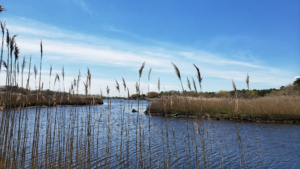
Quogue Wildlife Refuge
3. You’re a busy guy! You’re also the Vice President of the Long Island Greenbelt Trail Conference. Can you tell us about the work that you do with them?
I became involved with the Greenbelt in 1980, two years after its founding, and began leading hikes for the group in 1982. I’ve been doing so ever since, though the walks are a bit shorter now. Adding up Greenbelt hikes, summer courses on the trails for teachers, and occasional hikes for other groups, I suppose that’s about 2,000 hikes. I also have been editing and laying out the Greenbelt newsletter since 1983 and seen it grow from a small booklet to 16 and occasionally 20 pages. I’ve also given many library presentations about our trails. In every case I try to include some interpretive information to attract more Long Islanders to our open spaces. I’ve also worked on the trails, set up mailing label programs, taken meeting minutes, represented the Greenbelt on government committees, and gotten roped into other tasks.
4. What’s your favorite Pine Barrens Park and why is it your favorite?
I can’t choose one place, but several come to mind readily. Obviously, Quogue Refuge is always at or near the top of my list. I also like walking the Paumanok Path in Flanders from Pleasure Drive to Sears-Bellows County Park. It offers rolling terrain, Maple Swamp, Birch Creek, Owl Pond and an ever-changing landscape where nature repeatedly heals itself after bouts of various tree diseases. I also like to walk the Paumanok Path from Ridge to Manorville. Another beautiful spot is Hubbard County Park, where the Pine Barrens meet the bay, with gorgeous salt marshes and the “ghost forest” of ancient Atlantic White Cedars poking out of the shoreline.
5. You’ve led a lot of hikes and have taught a lot of people about the Pine Barrens. What’s one thing that you find people are always surprised (or interested) to learn about the Pine Barrens?
That it’s there. I frequently hear newbie hikers say, “Who knew all this existed?” They know it does on an intellectual level, but when they learn a little about how the ecosystem works or smell Sweet Fern or taste a Wintergreen berry, they get emotionally connected to the land. I never tire of hearing, “Who knew all this existed?”
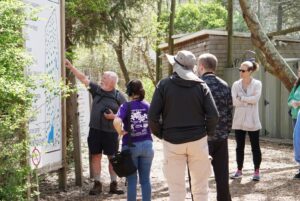
Quogue Wildlife Refuge Board President, Tom Casey, leading a hike through the QWR in 2019.
Help the Long Island Pine Barrens Society protect our natural treasures, make a contribution today!
Posted on August 3, 2020 by Long Island Pine Barrens Society
Five Questions with a Founder

The Long Island Pine Barrens Society is officially launching a new blog feature called “Five Questions with an Environmentalist.” We will be interviewing a variety of people who are involved in protecting Long Island’s natural environment – advocates, scientists, artists, educators and more! Each person has their own unique perspective and we are excited to share their voices.
Our first post will feature Robert (Bob) McGrath, a co-founder of the Long Island Pine Barrens Society and the Vice President of our Board of Directors.
1. As a co-founder of the Pine Barrens Society, can you please tell us how the Society was formed?
The Society was formed over a period of time beginning in 1977. At the time, myself and my two good, close friends, John Cryan and John Turner were all employed as park attendants at Hoyt Farm Preserve in Commack, Suffolk County. Primarily because of the interest John Cryan demonstrated in Pine Barrens Ecosystems, we were all drawn to our Pine Barrens whenever we had any free time to spend hiking. We called it “Bushwhacking”, because more often than not we weren’t on a specific trail, we were creating one of our own! We spent many long hours in the field studying, recording our observations, and taking photographs of the plants and animals we were encountering.
Unfortunately, as these trips were taking place we all came to recognize that there were many development projects that were slated to destroy the very places we enjoyed visiting. In an effort to try and head off this development and destruction we set up meetings with local, town, and state officials in an effort to try and persuade them to preserve these areas. Two specific areas that come to mind were the Bogs and uplands surrounding Swan Pond in Calverton and the Dwarf Pine Plains in Westhampton Beach. When meeting with these officials, it quickly became clear to us that we needed to be representing an Organization if we wanted our requests to be taken seriously. After just a few meetings we soon began referring to ourselves as the Long Island Pine Barrens Society. Our primary purpose was a simple one, we were “Dedicated to the Preservation and Understanding of our Pitch Pine-Scrub Oak Woodlands”.
At the time I was 17 and both John Cryan and John Turner were 22.
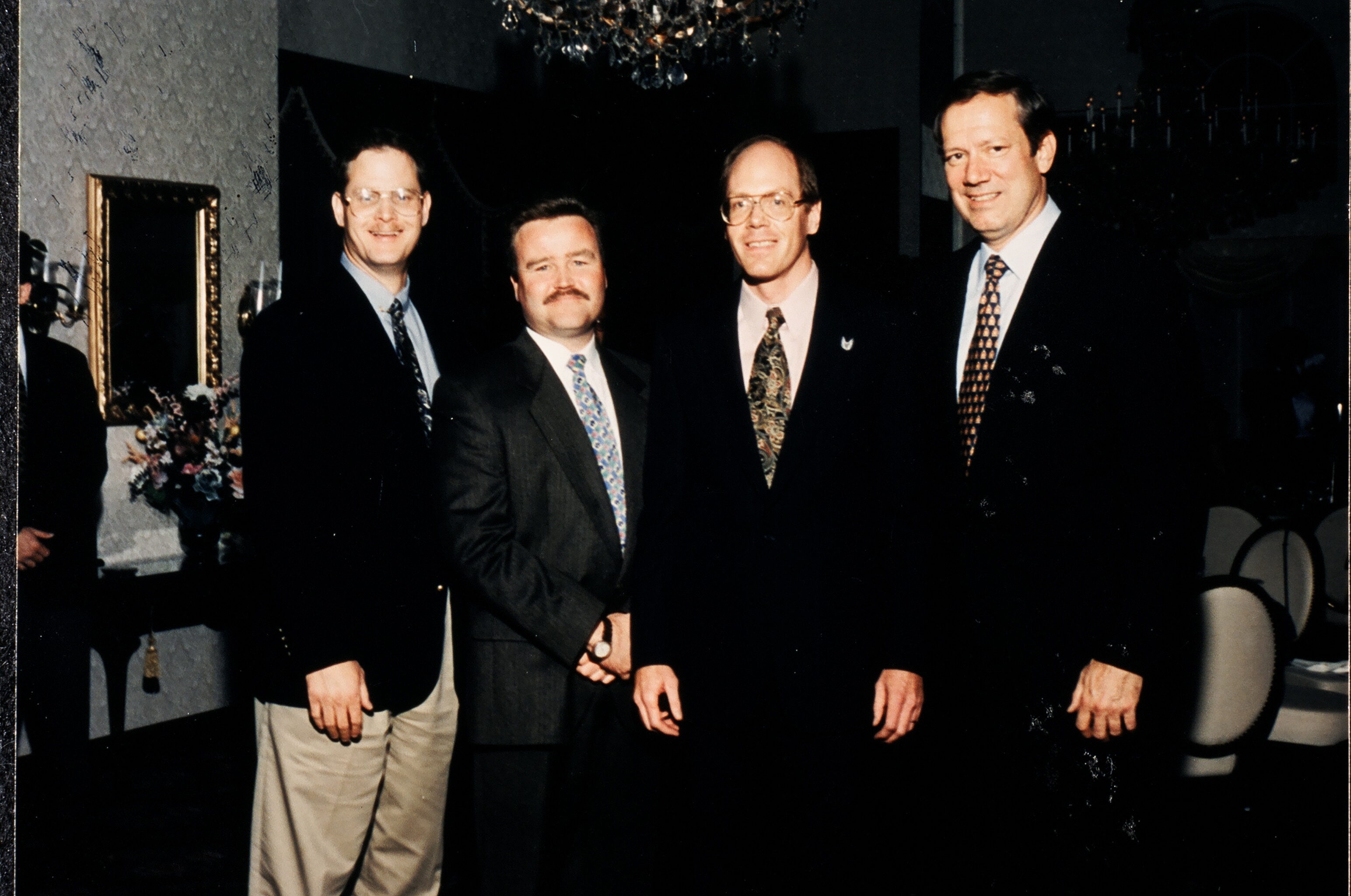
LIPBS Founders, John Turner, Bob McGrath and John Cryan, with Former NYS Governor George Pataki
2. What is your favorite Pine Barrens park and why is it your favorite?
I have many many favorites. But if I had to pick two, I would have to say Calverton Ponds and Cranberry Bog County Nature Preserve. Calverton Pond contains textbook Coastal Plain Pond ecosystems that are one of the many truly special habitats found within our Pine Barrens. They are a globally endangered ecosystem confined to the Atlantic Coastal Plain from Massachusetts to the Carolinas. They are a reflection of the water table and contain many rare and endangered plants, insects and fish. One rare and diverse group are the carnivorous Bladderworts. We have nearly a dozen species and one, the Purple Bladderwort is federally endangered.
Cranberry Bog County Nature Preserve is special to me because aside from its natural beauty, it is the county of Suffolk’s very first nature preserve. Purchased in the early 1960’s it is 165 acres in size and contains, according to famous Long Island naturalist Roy Latham, 13 species of Orchids, 20 species of ferns, such rarities as Water Hornrush, and has the only state record for Shining Whip Grass. It contains some specimens of Atlantic White-cedar with trunks 16” in diameter, according to Latham as well as Dr, Robert Cushman Murphy. Freshwater life is abundant throughout this preserve and contains such rarities as the Bog Copper butterfly, a species that never strays far from its host plant, the large cranberry.
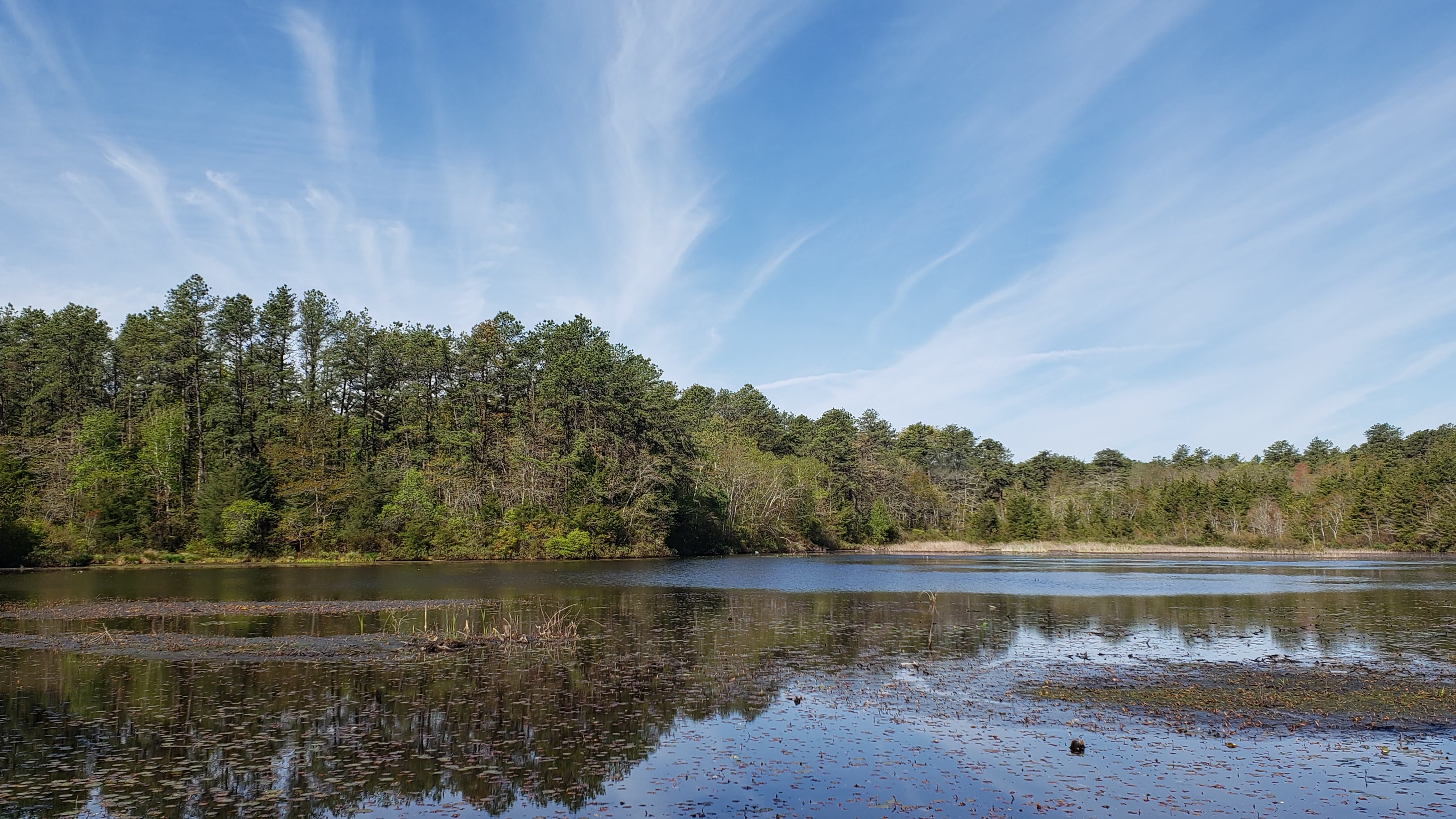
Cranberry Bog Nature Preserve
3. What’s one thing you wish everyone knew about the Pine Barrens?
There are many things I wish everyone knew about the Pine Barrens… I wish everyone knew that our Long Island Pine Barrens contains the highest percentage of rare and endangered animals and plants of any ecosystem in New York State. I wish that they knew that our Pine Barrens is the second largest of its kind in the world… second only to the New Jersey Pinelands. I wish they knew that Long Island’s water supply is drawn primarily from the aquifer system beneath the Long Island Pine Barrens and that the water beneath the Pine Barrens is the purest of any on Long Island. And finally, that ensuring the future of our water quality depends entirely of preserving the rare and specialized ecosystem that exists at the surface.
4. What do you see as the greatest threats to the Pine Barrens today?
There are many things that still pose a threat to the long-term survival of our Long Island Pine Barrens. Fire suppression is a huge ongoing problem. The Pine Barrens are dependent on periodic natural wildfires to sweep through and open the canopy, allowing sunlight to reach the forest floor. Most, if not all, Pine Barrens plants are dependent on direct sunlight for their survival. They receive this sunlight because they are capable of surviving the periodic natural wildfires that evolved eons ago to burn through the Pine Barrens. The fires also eliminate the forest litter that has accumulated and does not decay because of the high acidity in the soil. Pine Barrens plants have massive root crowns that remain insulated under the soil when a fire sweeps through. They are damaged by the fire, but quickly rejuvenate. This delicate relationship has been severely disrupted throughout the Pine Barrens and is dangerous, as it leads to the accumulation of fuel, which often leads to hotter and more severe wildfires which eventually do get started as they always do. Hotter than normal fires are not good, even for the Pine Barrens species.
5. Do you have any advice for our members that are looking to help protect Long Island’s environment?
My advice would be for all Long Islanders to simply pay the natural world the respect that it deserves! We cannot, I repeat cannot, survive without the natural world around us. You don’t necessarily have to be a “treehugger” who places the value of a Box Turtle on par with a human, but you should respect the planet and the other creatures that exist here as equal in many ways. Were it not for the other life forms, life as we know it could simply not survive. That advice is especially true relative to the Long Island Pine Barrens. Our Pine Barrens harbor the most precious life requirement beneath it. There is NO substitute for clean fresh water, plain and simple. Our Pine Barrens supply us with this resource in vast quantities. Most Long Islanders do not understand this. They think they drink “city water”, a bygone term from when many people moved out from the city to live in the suburbs of Nassau and Suffolk. Long Islanders living in Nassau and Suffolk do not drink city water, they drink water drawn up from our aquifers and in most cases from directly beneath the Pine Barrens. If this weren’t reason enough to save the Pine Barrens, the delicate relationship that the landscape and the myriad of rare and endangered plants and animals and the delicate balance of wildfires should, in my opinion, be enough to warrant their protection.
So… my advice. Heed that warning and spread the word as much as possible. All Long Islanders depend on clean fresh water. Imagine the cost of a shower if one were forced to buy bottled water to take a bath or shower? Right now our water is a bargain, but it won’t remain that way if we don’t get all Long Islanders to respect the value in the precious region that supplies it.
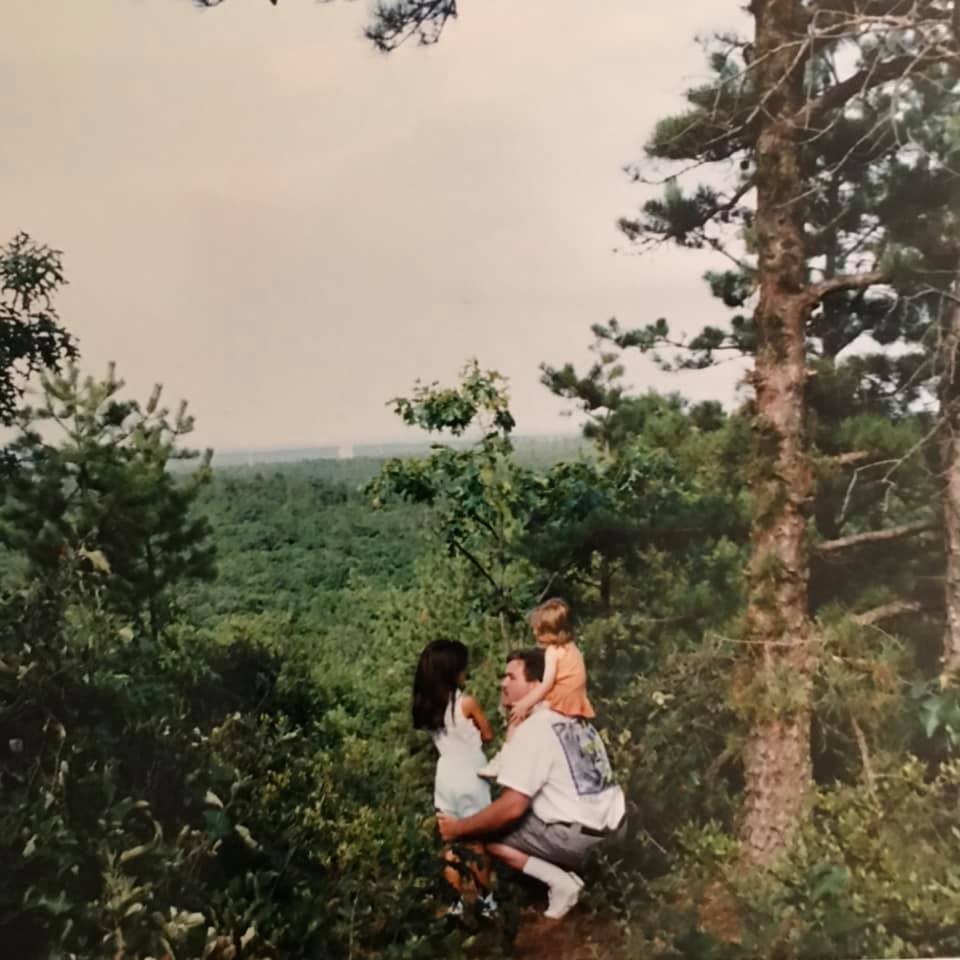
Bob McGrath with his young daughters in the Long Island Pine Barrens (Circa 1990s).
Help the Long Island Pine Barrens Society protect our natural treasures, make a contribution today!
Posted on July 21, 2020 by Long Island Pine Barrens Society
The Nocturnal Pollinator
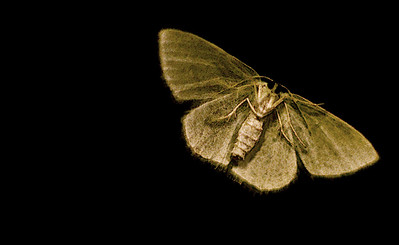
While you are outside enjoying these warm summer nights, you most likely will notice an abundance of moths. Some moths are nocturnal, while others are not. You might have even wondered what the purpose of a moth is and may have even thought that they are a nuisance. Some, but not all, actually do serve a significant purpose, which is that some nocturnal moths pollinate.
Nocturnal flowers exist, which have specific traits that attract the nocturnal moths. The flowers that attract moths are usually pale, dull-red, purple, pink, and white. Their strong sweet odor that is emitted at night attracts moths to its hidden, but ample nectar. The flowers have a limited amount of pollen and can be tubular in shape. The purpose of these specific traits that these flowers have to attract the moths is to ensure that its pollen will be successfully carried to another flower with the end result of reproduction.

Hummingbird Moth by: Sandra Richard, Flickr CC
The Oakes’ Evening Primrose (Oenothera oakesiana) is a flowering nocturnal plant that can be found along sandy roadsides or streamsides in the Pine Barrens as well as on maritime dunes. This flowering nocturnal plant attracts moths for pollination. Not all nocturnal flowering plants that can be found on Long Island are native, but they still provide nectar for the nocturnal moths, such as the Moonflower. Moonflowers open at night and give off a fragrant smell in the evening to attract pollinators.

Oakes’ Evening Primrose by: Dan Mullen, Flickr CC
Moths that can be found in the Long Island Pine Barrens and that may pollinate these nocturnal, fragrant, and flowering-plants include, but are not limited to:
- Waxed Sallow (Chaetaglaea cerata)
- A Noctuid moth (Chytonix sensilis)
- Melsheimer’s sack bearer (Cicinnus melsheimeri)
- A hand-maid moth (Datana ranaeceps)
- Barrens Buckmoth (Hemileuca maia maia)
- Imperial moth (Eacles imperialis pini)
- Brown-bordered geometer (Eumacaria madopata)
- A noctuid moth (Eucoptocnemis fimbriaris)
- A noctuid moth (Orthodes obscura)
- Pink sallow (Psectraglaea carnosa)

Isabella Tiger Moth by: Seabrooke Leckie, Flickr CC
As mentioned before, not all moths are nocturnal and not all moths pollinate and some moths are still not fully understood, but they should be appreciated. The next time, which may be tonight, when you are swarmed by the moths of the night, think about the purpose they may serve before well, you know… squishing them.
By: Claire J Moran, Long Island Pine Barrens Society
Posted on June 26, 2020 by Long Island Pine Barrens Society
BIRDS AND THE BEES Part II
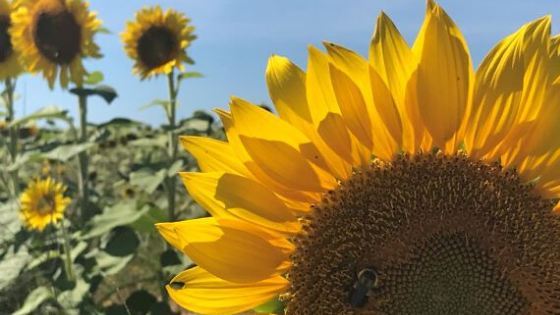
The birds and the bees need our help!
Now onto the bees. In part I of the Birds and the Bees, we talked about the birds, but now let us discuss the bees. The bee population is on the decline as well. We rely heavily on honeybees, so let’s help them out too! We also cannot forget about the other bees, such as the Long Island natives, which include bumblebees and mason bees. Honeybees are considered invasive to Long Island, so we must give a little more TLC to our natives. Regardless, all bees are important and need our help. With 17 different species of bees on Long Island, our work is cut out for us, so we must act now!

Bumblebee on a Happy Single Dahlia
Credit: John, Flickr CC
What would happen if we didn’t have any bees left?
If bees were to go extinct, the environment and human life would suffer tremendously. Bees play an unimaginable role in the cycle of reproduction all over the world. Plants rely on bees for pollination and humans rely on bees to pollinate many of the fruits and vegetables that we eat. Without the bees, there aren’t many other mechanisms for plants to transfer their pollen from one plant to another. It would be a very scary future without the bees!
We are stressed out and so are the bees!
We know what it feels like when we are stressed out and it’s not good, so just imagine how a bee feels. Imagine what it feels like to have all of the following stressors affect you on a daily basis:
Stress 1 – Pesticides
There are contact pesticides and there are systemic pesticides. Contact pesticides are pesticides that are sprayed on plants that kill bees upon contact. Systemic pesticides are pesticides that are incorporated into the soil and or seeds, which result in the growth of plants that carry the pesticide in their pollen, stem, leaves, and nectar. Systemic pesticides are extremely harmful to bee colonies because the bee does not die immediately when it comes into contact with the pesticide, but instead, it carries the pesticide back with them to the entire colony. This can result in colony death. Pesticide use results in colony collapse disorder. Agencies such as the EPA and European Food Safety Authority are working towards banning and limiting the use of pesticides that are toxic to bees. There is also another type of pesticide called the neonicotinoid. New research shows a connection between bee decline and this insecticide that was once believed to be more environmentally friendly compared to other pesticides being used.
Stress 2 – Invasive species
Invasive species like the external parasitic mite, Varroa destructor, threaten the bee population. This mite feeds on bees’ circulatory fluid, which then leads to the spreading of the mite to the colony. The mite spreads viral diseases and bacteria that can kill colony after colony. This one particular mite was discovered in Southeast Asia in 1904 and has since spread worldwide.
Stress 3 – Habitat Loss
As our human population increases we continually destroy natural habitats that are home to many plants, animals, and insects. We impact the natural environment through fragmentation, degradation, and destruction. The International Union for Conservation of Nature predicts a global loss of 20,000 flowering plant species over the next couple decades. This will in turn lead to the decline of pollinators that depend on these plants for survival. Habitat diversity is key to the survival of many species including the bees.
Stress 4 – Climate Change
Bees rely on natural cues within the environment to make certain decisions, but because of climate change, those natural cues have been thrown off. Due to climate change, there has been a loss of bee habitats. Normally, bees would migrate to cooler areas and establish new hives, but because of climate change, bee territories have shrunk tremendously. The rise in temperatures has also affected the timing of when flowers bloom, which has created a food source issue for bees. Bees are ready to feed on pollen at a certain time, but due to climate change, that timing of when flowers bloom and the bees are ready to feed are no longer matching up. The stress of climate change on the bees can also cause bees to be more susceptible to infections.
Other stressors include: parasites, viruses, bacterial diseases, malnutrition, and queen quality.
There are way too many stressors that the bees have to deal with. Unfortunately, we are the cause of many of these stressors that affect the bees. However, we all have the ability to make bees’ lives a lot less stressful, so let’s do our part.

Here is what you can do to help the bees survive and thrive!
- Stop using pesticides and herbicides! There are alternatives to pesticides that won’t harm and kill the bees. The following link may be helpful when choosing an alternative method: https://www.planetbee.org/natural-pest-control
- Plant wisely! Bees are attracted to blue, purple, violet, white, and yellow flowering plants.
- Plant strategically! Bees depend on plant pollen and nectar throughout the growing season, so plant plants that will bloom throughout the growing season.
- Perennials and herbs are good sources of nectar and pollen for bees, so plant them and don’t forget, plant native. Bees need and love native plants, not the fancy exotic non-natives.
- Ditch the fully groomed lawn! Give yourself and the bees a break and let those clovers, dandelions, and violets grow all over your lawn.
- Again, plant native! Fun fact, the Pine Barrens white-flowering low bush blueberry is a great source of food for the bumble bee. They have a symbiotic relationship, which means they both depend on each other for survival. Some plants do have the ability to self-pollinate, but cross-pollination is much better.
- Other Pine Barrens native plants that are co-dependent with bees, are the Sweet pepper-bush, Sheep-laurel, and the American-holly.
- Bee informed! Research local stressors to bees in your area and get involved in recovery efforts.
- Support local beekeepers who are respectful and thoughtful to the bees and buy local chemical-free honey! We do not want to support beekeepers who treat their bees inhumanly and use chemicals.
- Bees are thirsty too! Leave a small water dish or a water-filled bird bath out for the bees.
- Sign petitions, speak up, and vote to support the bees. Our local, state, and federal government must hear and see our support for the bees so that changes will be made.
Don’t forget to follow us on Facebook and follow along throughout the entire month of May, where we are featuring native plants each week.
By: Claire J Moran, Long Island Pine Barrens Society
Posted on May 26, 2020 by Long Island Pine Barrens Society
BIRDS AND THE BEES Part I
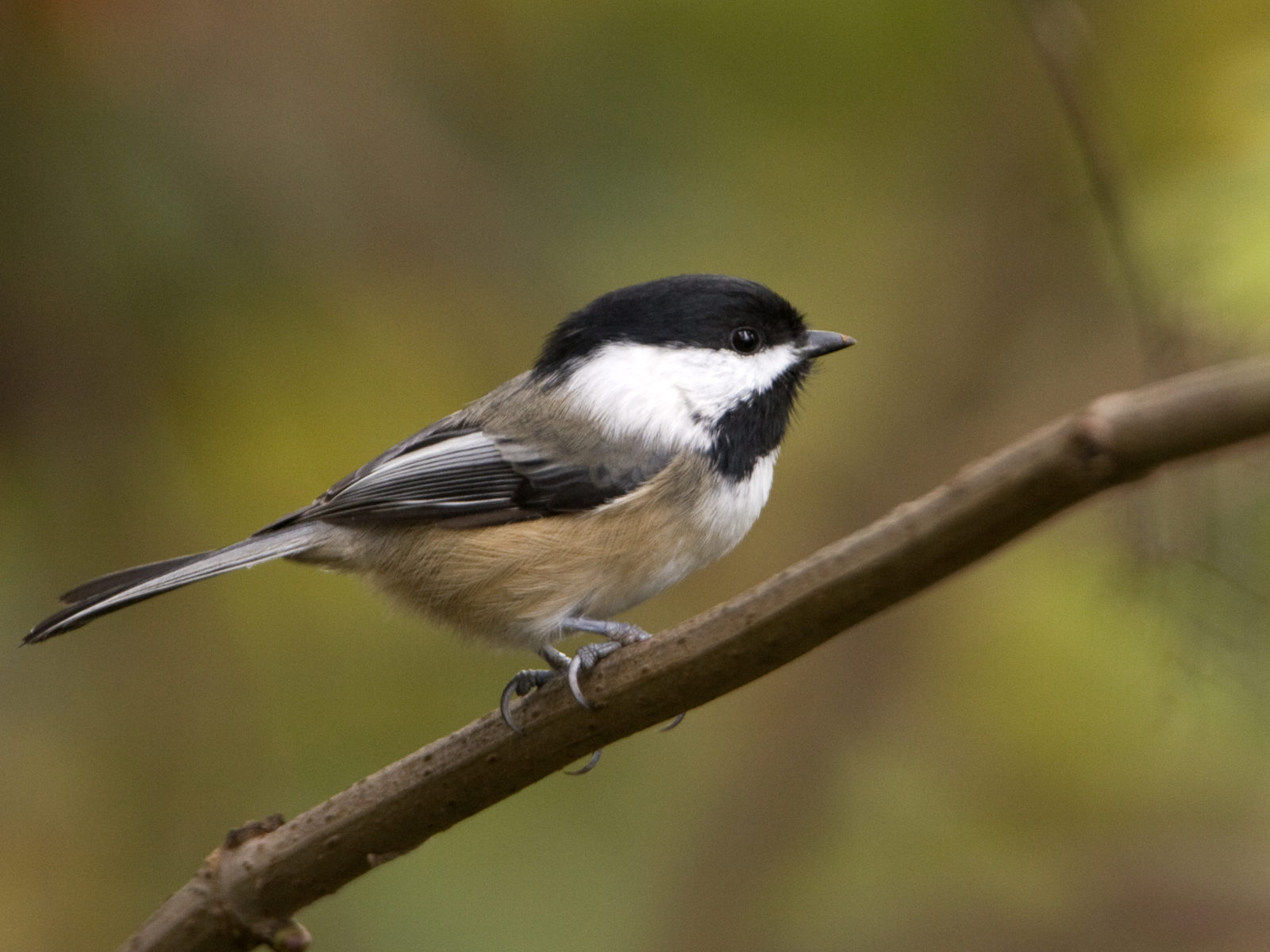
The birds and the bees need our help!
Let’s start with the birds. The bird population has many threats and we can do
something to mitigate them! The threats to the bird population here on Long Island include:
- Habitat Loss
- Climate Change
- Bird Collisions
- Pesticides
- Cats
- Hunting

Hermit Thrush
Habitat Loss
The destruction and fragmentation of habitats is the most critical threat that the birds are
facing today. Bird habitats on Long Island consist of forests, grasslands, wetlands, and
beaches. These habitats are especially crucial for threatened and at-risk bird species.
These habitats are being destroyed by infrastructure development. Migratory birds are
especially affected because they rely on many different geographic locations throughout
their annual cycle for food, rest, and breeding.
Climate Change
As we influence our climate, we also influence the ecosystems that birds rely on for
survival. With increased air temperatures and major temperature shifts in the oceans,
the airflow that birds rely on to navigate has changed and therefore has made it difficult
for migratory birds especially, to navigate to their destinations. The rise in sea level has
also displaced many species of coastal birds. Climate change also has indirect effects.
Due to climate change, the prey that many birds rely on has changed due to the change in
waterbody temperatures. These changes may be minor for us, but they are devastating
for migratory birds because the delicate ecosystems have been thrown off balance.
Climate change throws off the natural cues within the environment that drive the timing
behind bird migration and reproduction.
Bird Collisions
Millions of birds die each year due to collisions that are caused by man-made
structures. Man-made structures include:
- Wind turbines
- Communication towers
- Homes
- Glass Windows
- Power lines
- Airplanes
Pesticides
Chemicals kill! The chemicals that the agricultural industry uses kill birds. DDT may have
been banned by the Environmental Protection Agency (EPA) back in 1972, but
chemicals that are considered close relatives to DDT are still used today. The chemicals
Organochlorine insecticides are still being used and are killing birds and thinning their
eggshells. Birds do not have to come into direct contact with pesticides to be harmed by
them. Toxins are carried up the food chain in an ecosystem, which means that the bird’s
prey can contain pesticides and when eaten, it can harm the bird. Over time, the
pesticides will accumulate, which is called bioaccumulation. The bird’s prey can also die
from the pesticides, which can result in bird starvation.
Cats
This may sound cliche, but the common house cat is actually one of the greatest
predators to birds. The increase in population density, which has resulted in more
development, has led to the increase in stray cats, therefore resulting in an increase in
predators.
Hunting
Hunting for birds is common on Long Island and considered a sport as well as a source
of food for some, but with poor regulation, overhunting can lead to a decline in bird
populations.

Bird House
What You Can Do To Help The Birds!
- Support Longs Island’s state parks and preserves that are used to help rebound these bird populations.
- Get involved with habitat restoration and conservation projects.
- Support organizations, such as the Long Island Pine Barrens Society, to help stop development.
- Apply window film to your homes windows to reduce bird collisions.
- Keep your cat indoors or put a bell on your cat’s collar.
- If you see something, say something! If you think that a hunter is not abiding by the rules, then give the Department of Environmental Conservation (DEC) a call.
- Delay tree trimming or removal until November – February to avoid nesting season.
- Hang bird feeders with fresh seed in your yard.
- Build or buy a bird house and attach it to a sturdy post in your yard.
- Plant bird-friendly native plants. Use the following link to find bird-friendly native plants for your area: https://www.audubon.org/native-plants
By: Claire J Moran, Long Island Pine Barrens Society
Posted on May 19, 2020 by Long Island Pine Barrens Society
THE FUTURE OF THE ENVIRONMENT IS IN OUR HANDS!
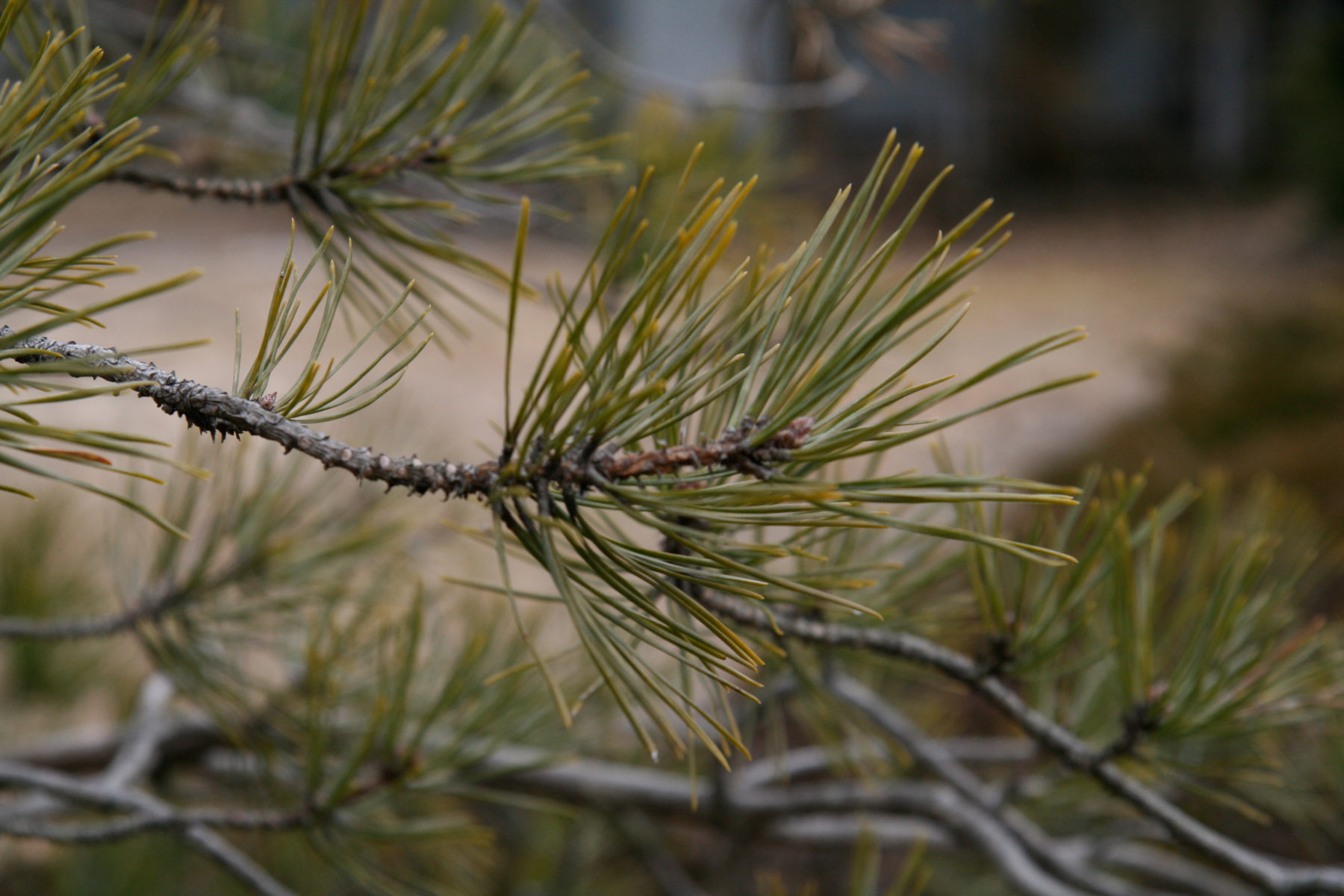
What do you think of when you hear and see the word “environment”? The environment encompasses many things, the living and the non-living things. Both interact with one another and depend on each other. The non-living things are the abiotic elements, while the living things are the biotic elements. When we refer to abiotic elements we are referring to the air, water, soil, sunlight and so on. When we refer to the biotic elements we are referring to the animals, insects, plants and so on. All of these “things” that make up the environment have intrinsic value.
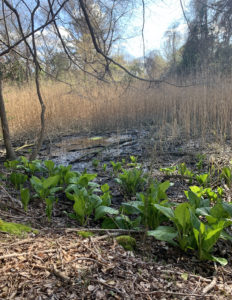
Biotic & abiotic elements working together at the Edward J. & Dorothy C. Kempf Preserve at Wading River Marsh
The environment depends on us just as we depend on it!
We depend on the environment for our health and the environment depends on us for its health. As the years go on and we move further into the future, the effect we have on the environment becomes more apparent. As a highly-developed country, it becomes difficult to separate ourselves from contributing to the negative impact that we have on the environment. The act of just living in the world today has a negative impact, whether it be driving our cars or as simple as washing our clothes, which is essential for most to live. We undermine what we can do on an individual level to help the environment. The idea is not to think that your individual act won’t mean anything if another’s individual act will have negative impacts. Positive deeds are not cancelled out by a negative act. Just one individual’s positive impact can influence so many others to follow suit.
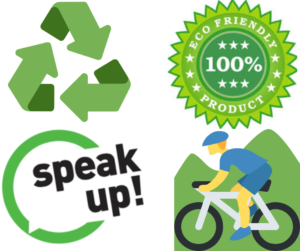
Take Action!
How you can contribute to a healthier environment and a healthier you!
Big changes no matter what they may be are difficult, but changing for the environment doesn’t have to be. When you make changes to help the environment you are also making healthier changes for yourself too. The reward may not be immediate, and it may not even be visible, but it does make a difference.
- One thing that you can do that is free and empowering is to speak up. Be the voice that the environment does not have. If you have a social media account, speak up. Start a conversation at the dinner table with friends and family and discuss the positive changes that you can all make for the greater good.
- This one is a difficult one, but if you can, ride your bike or walk as a means of transportation, even if it’s just one day a week.
- This next one is something that everyone can definitely do, reduce your waste! The products that we purchase end up back into the environment and are incredibly damaging. Find a store nearby where you can use your own containers to purchase food instead of continuing to buy food that is in plastic containers.
- Support eco-friendly products and shop local. When we purchase products from large companies we might as well be saying that it is okay to hurt our environment.
- Keep yourself informed! Sign-up for our email alerts, for more actions you can take to protect our environment. Follow us on Facebook and Instagram.
The above are just a few of the ways that you can help and there are so many more! Stay informed by doing your own research, so that you can choose how you want to make a change and help the environment. Every bit counts!
By: Claire J Moran, Long Island Pine Barrens Society
Posted on May 8, 2020 by Long Island Pine Barrens Society
Get Involved in Our Work This Earth Day!
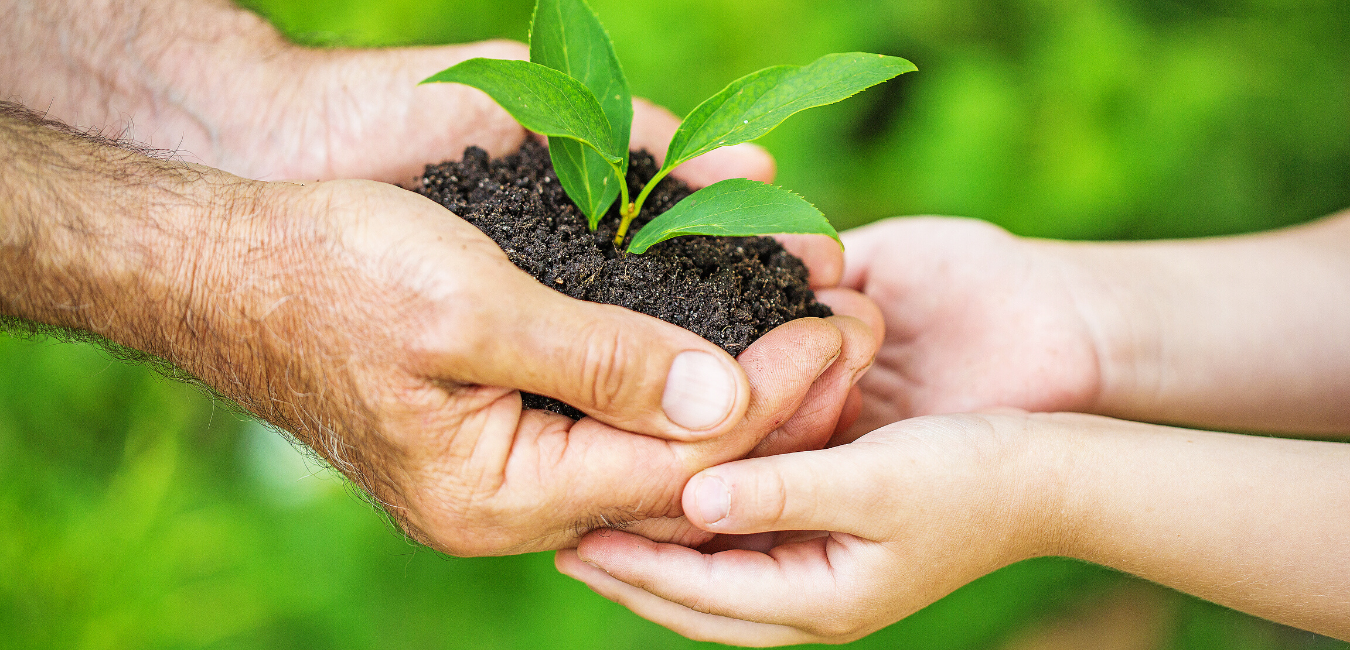
Happy Earth Day! To us at the Long Island Pine Barrens Society, every day is Earth Day. However, we still use today as a day to reflect on all of our environmental successes and the challenges that still lie ahead.
This year, we celebrate the 50th Earth Day! On April 22, 1970, 20 million Americans — 10% of the U.S. population at the time — took to the streets. College campuses and hundreds of cities protested environmental ignorance and demanded a new way forward for our planet.

The Long Island Pine Barrens Society was founded not long after that, in 1977. Our founders saw that the Pine Barrens were increasingly becoming a target for development and knew it had to be stopped in order to save this special ecosystem and protect our water quality.
Continuing into our fourth decade, we’re often asked how people can get involved in our work, so in honor of Earth Day, we will enumerate the many ways people can work together to protect the Long Island Pine Barrens and our precious drinking water supply.
#1 – Become a Member
Join our email list to receive periodic updates on upcoming events, action alerts and Pine Barrens-related news.
#2 – Make Your Voice Heard
Attend local forums, hearings and rallies – help tell our public officials that Pine Barrens land needs to be protected and that clean water must be a top priority across Long Island. After you become a member, we’ll keep you updated on events that you might want to attend and the actions you can take.
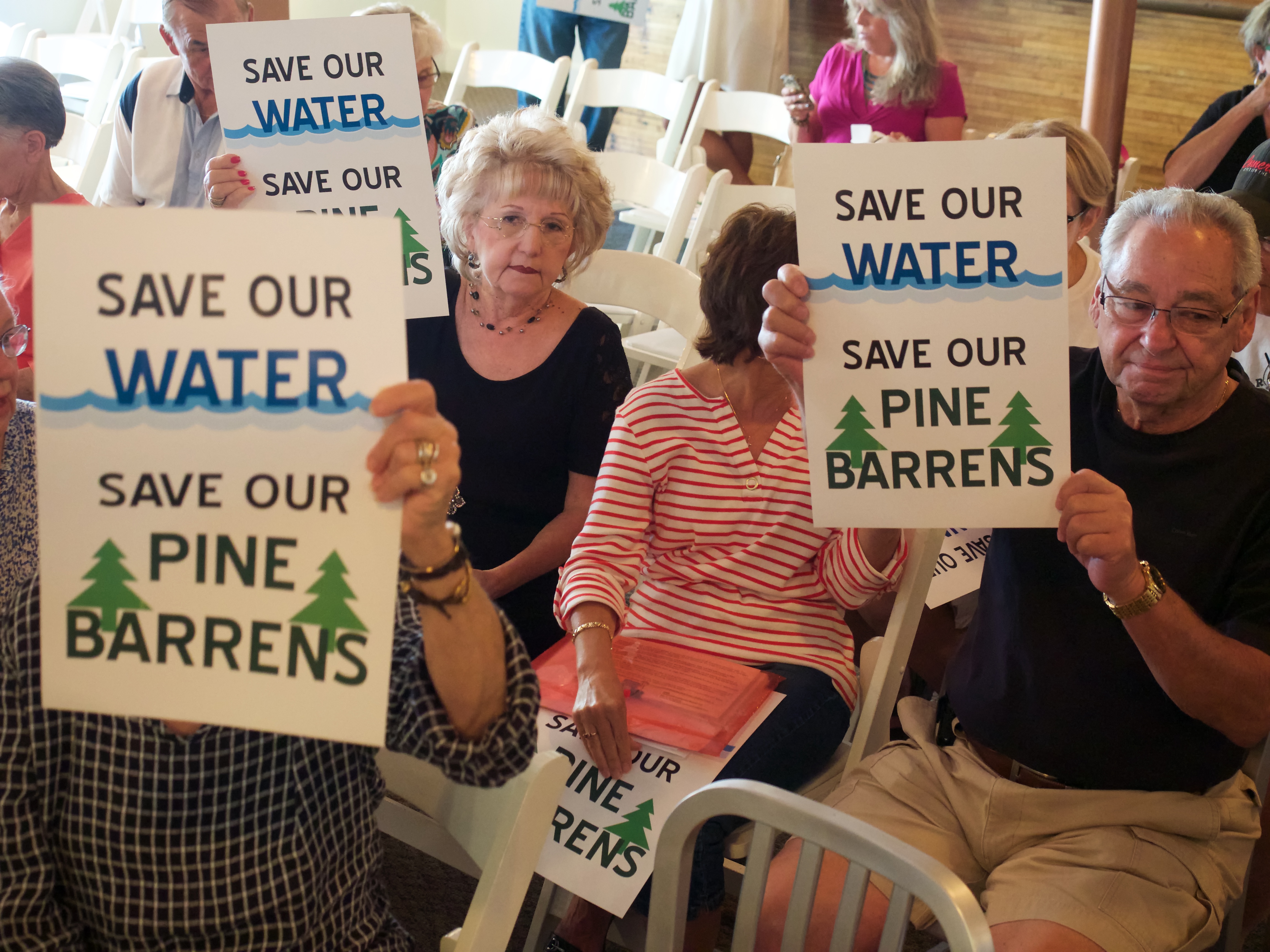
#3 – Write a Letter to the Editor
Write a letter to Newsday or your local paper expressing your opinion on environmental issues. Elected officials and community members read the letters, so they’re a great way to spread awareness about important topics.
#4 – Read Our Newsletter
Check out the latest edition of our newsletter online, or with a small donation, you will receive our current newsletter in the mail. Members also get sent monthly e-newsletters directly to their inbox.
#5 – Follow us on Facebook and Instgram
Join in on the conversation! Find us on Facebook at Facebook.com/PineBarrensSociety and on Instagram at @LIPineBarrens. Share one of our posts to help educate your friends and family on important environmental issues.
#6 – Watch Our TV Program
Catch an episode of our monthly TV program on Cable Public Access or by streaming it on our YouTube channel.
#7 – Attend Our Annual Gala
Join us each year, as we celebrate the anniversary of the Society and honor the Island’s top environmental leaders. It’s our biggest fundraiser of the year!

#8 – Get Outside and Enjoy the Pine Barrens
Experience the beauty of the Pine Barrens for yourself by using our handy recreation guides. Share pictures with family and friends, share them on social media (and tag us), to spread the word about this wonderful ecosystem.

#9 – Be a Guardian of the Pine Barrens and Report a Violation
If you observe any illegal activity (clearing, dumping of waste, ATV use, etc.) in the Pine Barrens, please call 1-877-BARRENS (1-877-227-7367).
#10 – Consider Making a Donation
We rely on the support and generosity of people like you to continue our important work to protect drinking water and preserve open space. Any donation, small or large, is greatly appreciated.
By: Katie Muether Brown, Long Island Pine Barrens Society
Posted on April 22, 2020 by Long Island Pine Barrens Society
Saving Our Trees, Saves Our Water
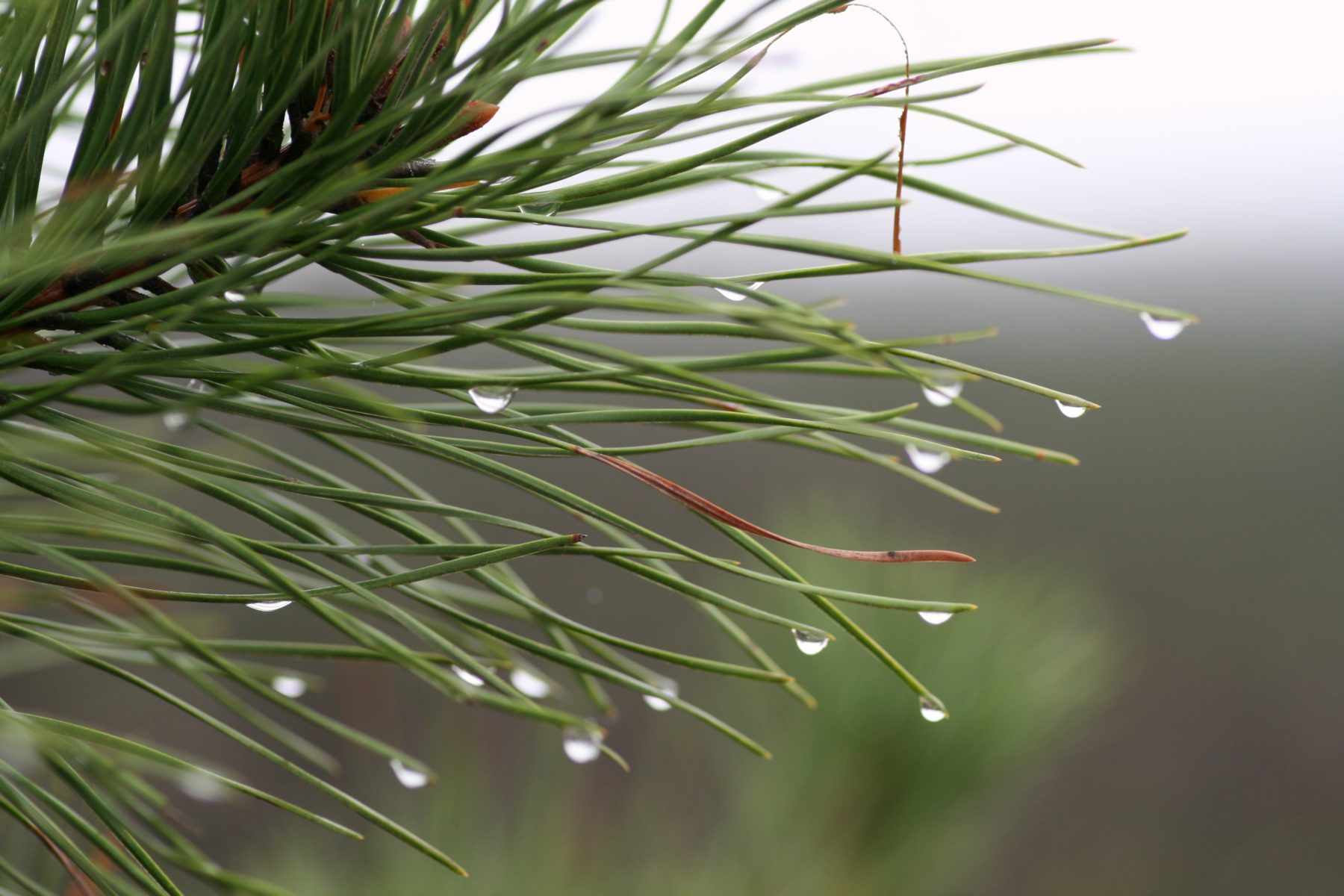
We colloquially call the piece of legislation that protected over 100,000 acres of Pine Barrens land, the “Long Island Pine Barrens Protection Act.” But, that’s not its formal title! It actually has two formal titles – the “Long Island Pine Barrens Maritime Reserve Act” and the “Peconic Bay Region Watershed Protection Act.” It’s Article 57 of New York State Environmental Conservation Law.
The Act’s legislative declaration is as follows:
“The legislature hereby declares it to be in the public interest to protect and manage the Pine Barrens-Peconic Bay system, in the county of Suffolk, by establishing a Long Island Pine Barrens maritime reserve.”
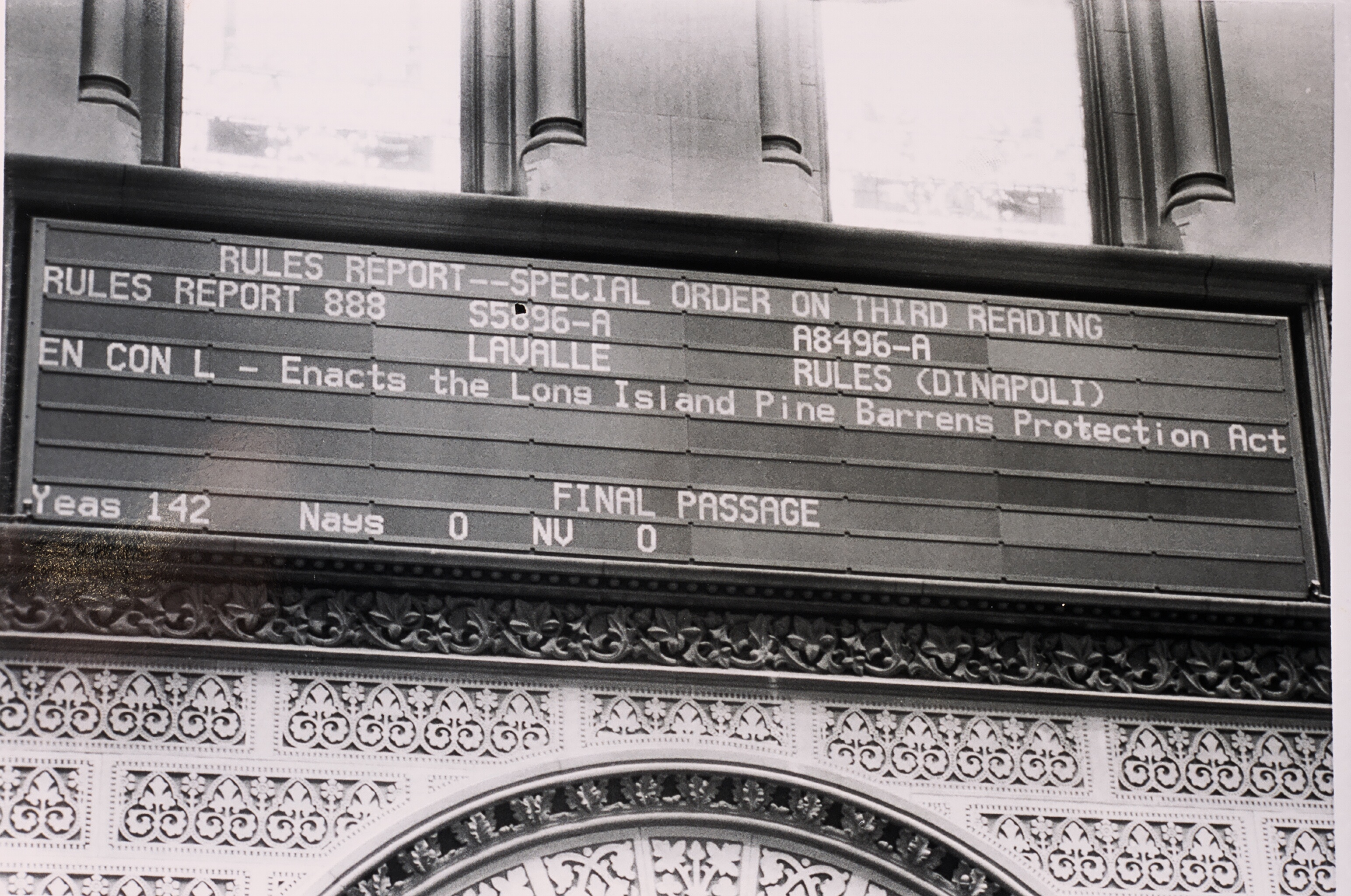
The Pine Barrens Act Passes in the New York State Legislature
Well then, what does the preservation of acres of trees have to do with water? The Act’s formal name reflects the Pine Barrens’ important role in protecting our ground and surface waters.
All Long Island’s drinking water comes from a series of underground aquifers. This led the federal Environmental Protection Agency to designate our aquifer system as the nation’s first Sole Source Aquifer, requiring special protection. The quality of our drinking water depends, therefore, on how Long Island’s land is used. The more land is used for homes, lawns, agriculture, business and industry, the greater the contamination of our aquifers.
Long Island’s aquifer system is not static – they slowly flow from high ground to low, are recharged by rainfall, and they supply the majority of fresh water entering our streams, lakes and bays. The Pine Barrens contain portions of the watersheds of two major rivers – the Carmans and the Peconic. The region also interfaces with the Peconic Estuary and the South Shore Estuary Reserve.
Outside the Pine Barrens, water pollution is rampant. Nitrogen pollution from wastewater and fertilizer use on lawns and farms is entering our aquifers and eventually, flows into our bays, rivers, lakes and streams. There, the nitrogen pollution fuels the growth of harmful algae blooms, which are devastating our marine ecosystems and our economy.
As scientists survey the levels of nitrogen across Long Island, one fact is abundantly clear: while groundwater beneath the densest developments on Long Island have the highest nitrogen level, the Pine Barrens Core Preservation Area has the lowest levels of nitrogen on Long Island. Preserving the Pine Barrens protected the largest quantity of the purest drinking water on Long Island.
Saving the Long Island Pine Barrens protected the habitat of thousands of plant and animal species, many of which are rare and endangered. It also gave us humans an untouched natural place to enjoy and explore. However, perhaps the most important feature of all, protecting the Pine Barrens was vital to protecting our water quality. It’s also why we must work to save what open space is left!
By: Katie Muether Brown, Long Island Pine Barrens Society
Posted on April 9, 2020 by Long Island Pine Barrens Society
1,4-Dioxane, What is it and What can We Do!

1,4-dioxane is a byproduct of manufacturing and therefore it’s not listed on product labels, which makes it difficult to look out for when purchasing products. It is vital to human health and the health of the environment to stay far away from 1,4-dioxane and we can all do so by avoiding the known products that contain it. Listed below are products to look out for that could contain 1,4-dioxane:
- Paints
- Primers
- Varnishes
- Degreasers
- Ink
- Laundry Detergents
- Soaps
- Shampoos
- Baby Products
Toxic and Cancer Causing
Sodium lauryl sulfate (SLS) and sodium laureth sulfate (SLES) when combined during the manufacturing process, creates the byproduct 1,4-dioxane. SLS and SLES are bad chemicals on their own and have been linked to irritation of the skin and eyes, neurotoxicity, reproductive toxicity, organ toxicity, endocrine disruption and ecotoxicology. These are the same chemicals found in many of the products we use on a daily basis.
What the Agencies Have to Say
The International Agency for Research on Cancer classified 1,4-dioxane as a Group 2B carcinogen, which means that it is possibly carcinogenic to humans. All in all that just means that there is not enough data yet to support it. The United States Food and Drug Administration’s (FDA) recommends that these levels be monitored, and encourages manufacturers to remove 1,4-dioxane, but it is not required for them to do so by federal law. Governor Cuomo signed a bill banning products in the State of New York with 1,4-dioxane, starting in 2020 as pictured bellow:

“As emerging contaminants like 1,4-dioxane continue to show up in water systems around the country, in New York we are taking aggressive action to keep our drinking water clean and safe,” Gov. Andrew M. Cuomo, seen May 12, said in a statement Monday. Credit: Charles Eckert
I would not take chances on even possibly carcinogenic, especially when it comes to washing newborn babies with baby detergent that is labeled safe and gentle and free of chemicals, when really it is full of 1,4-dioxane. These are the products we are bathing in everyday, washing our clothes with, cleaning with, and drinking! 1,4-dioxane is ending up in our water, which is extremely difficult to reverse the damaging effects of. Pictured below is a list of products with the highest levels of 1,4-dioxane:

Common products found to have dangerously high levels of 1,4-dioxane – Credit: CCE
What YOU Can Do
Knowing what to look out for and what products are safe is crucial. With so many products on the shelves, it can be very difficult to pick the right one. The graphic below is a great visual and long list of what we know is safe on the shelves. Don’t forget, the products we use on a daily basis get flushed down the drain and go back into our water. With Long Island exceeding the national average and testing showing highest levels in the state of New York, we need to do what we can to keep chemicals out of our water source because it’s the only one we have. So, it is not just what we use that is important to our health, but it is important to the health of the environment. Eliminating the products that are known to contain 1,4-dioxane will put you a step in the right direction of better health, but the environments too.
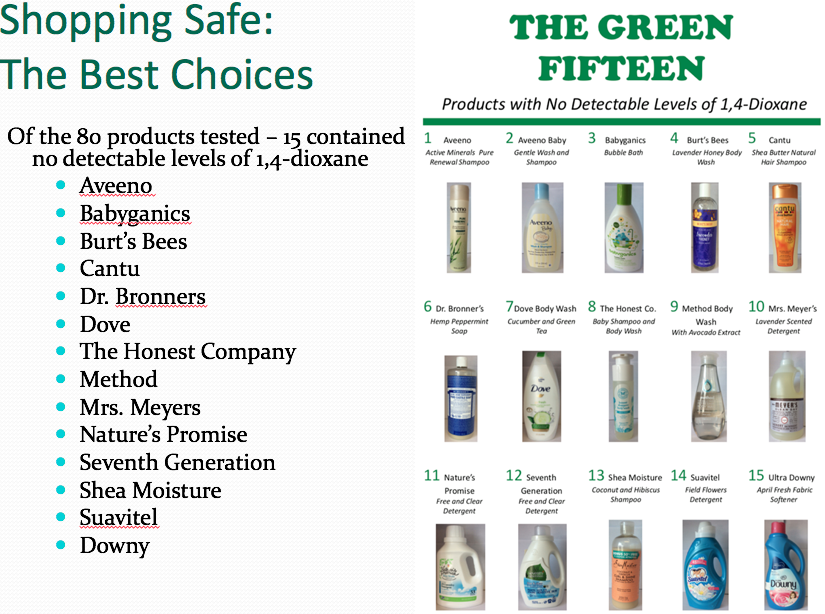
Products found to have no detectable levels of 1,4-dioxane – Credit: CCE
More information on the above can be found by clicking on the links below:
Websites to use:
- https://www.forceofnatureclean.com/non-toxic-laundry-detergent-guide/
- https://attitudeliving.com/products/little-ones-laundry-detergent-fragrance-free-35-loads
- https://www.cleanhappens.com/products/spin-credible-laundry-detergent?variant=31171619848239#shopify-product-reviews
- https://www.madesafe.org/science/hazard-list/14-dioxane/
- https://www.newsday.com/long-island/environment/1-4-dioxane-household-products-1.28968339
By: Claire J Moran, Long Island Pine Barrens Society
Posted on March 16, 2020 by Long Island Pine Barrens Society
International Women’s Day 2020 – Celebrating a Long Island Environmentalist
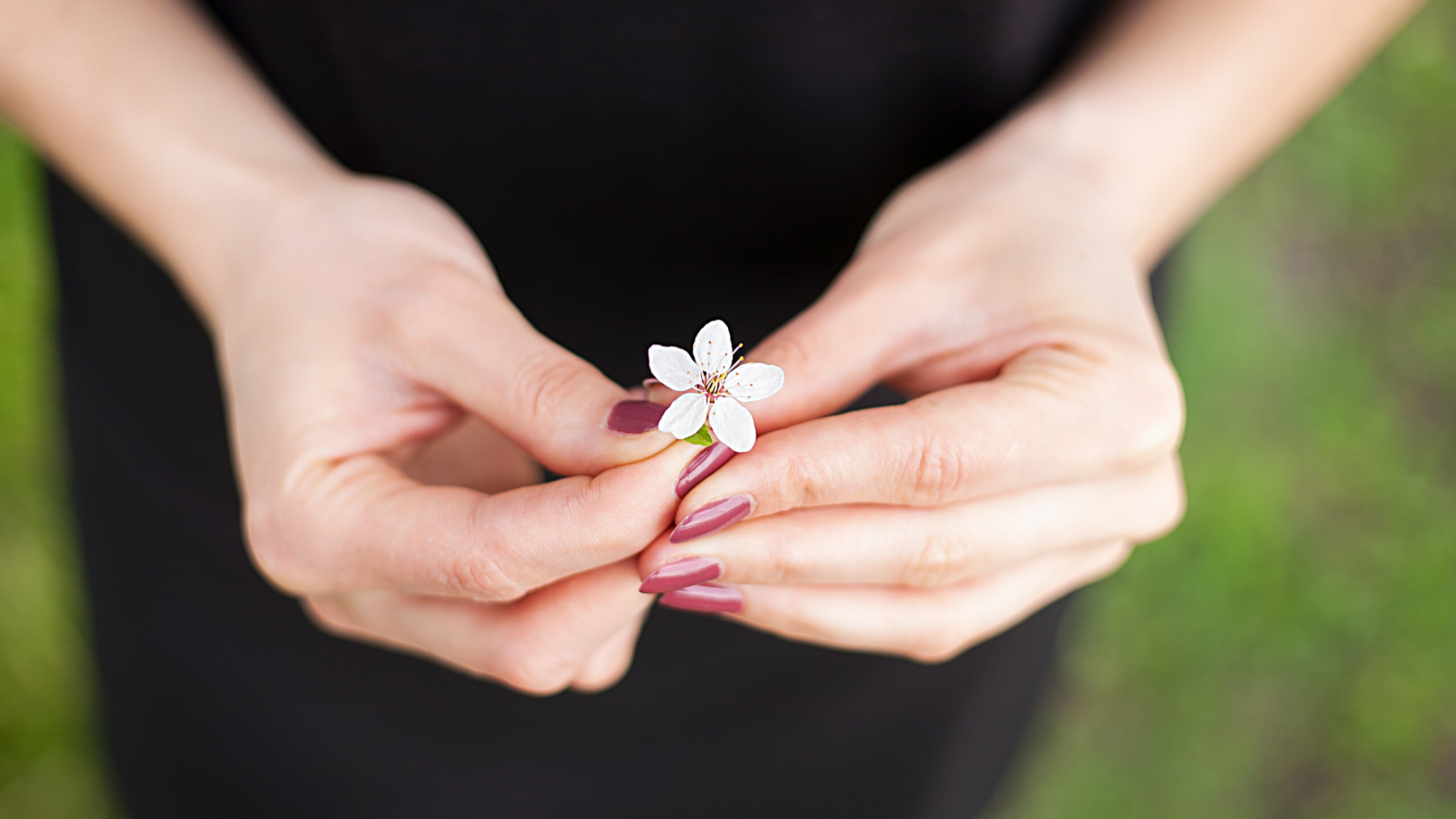
On March 8th each year, the world celebrates “International Women’s Day.” Today we celebrate the achievements of women and take action for equality.
This year’s theme is, “I am Generation Equality: Realizing Women’s Rights.”
From the mother of the environmental movement, Rachel Carlson, to Jane Goodall, Sylvia Earle, Lois Gibbs, Greta Thunberg and more – we applaud the contributions that women have made towards the preservation of our natural environment.
One Long Island woman who comes to mind in celebration of today is Grace E. Barstow Murphy (1888-1975). Not only was she an advocate for the natural world who believed in preservation, conservation, and clean water for all, but Murphy was also a gardener who believed in letting the “wild things” grow, such as milkweed, which is an important food source for many of Long Island’s pollinators, like the monarch butterfly.

Grace Barstow Murphy, c. 1950. Courtesy of Robert Cushman Murphy Collection, Box 24, Special Collections and University Archives, Stony Brook University Libraries
Grace E. Barstow Murphy was also a conservationist and a political activist. Murphy was amongst several other women who made efforts to acquire preserves and sanctuaries for Long Island’s Nature Conservancy, for the purpose of “the preservation of natural areas on Long Island as living museums for the future.” In light of this year’s theme, it’s important to note that Murphy was a leading woman in organizing the “Women United for Long Island” group in order to “further the cause of conservation and public opinion to conserve the natural resources and beauty of Long Island.”
She was an exceptional woman of her time and a woman that all can learn from even more so today. Murphy was a true advocate for the natural world, but she was not alone in the fight. She was amongst many other Long Island women who fought to preserve nature and the environment.

Grace and Robert Cushman Murphy (undated). Courtesy Robert Cushman Murphy Collection, Box 24, Special Collections, Stony Brook University Libraries.
Grace Murphy was the beloved wife of Robert Cushman Murphy, whom the Suffolk County Park in Manorville was named after. Grace often joined Robert on his expeditions around the world, studying the natural environment. She helped him catalog and ship many specimens for collections at the American Museum of Natural History.

Directions to Robert Cushman Murphy County Park:
Long Island Expressway (Route 495) to exit 70; CR 111 south to Halsey Manor Road; left turn at Halsey Manor Road; follow north, across the Long Island Expressway and railroad tracks. Halsey Manor Road becomes Conneticut Avenue once railroad tracks have been crossed. Follow Conneticut Avenue north to River Road. Make left turn at River Road and make next left turn at Old River Road. Follow Old River Road to the first entrance on your right (north side of the road).
Grace E. Barstow Murphy deserves recognition in her own right, which is why we are celebrating her today!
More information on Grace E. Barstow Murphy and other notable Long Island women who fought for the preservation of nature and the environment can be found by clicking on the following link: https://lihj.cc.stonybrook.edu/2016/articles/long-island-women-preserving-nature-and-the-environment/
By: Claire J Moran, Long Island Pine Barrens Society
Posted on March 5, 2020 by Long Island Pine Barrens Society

